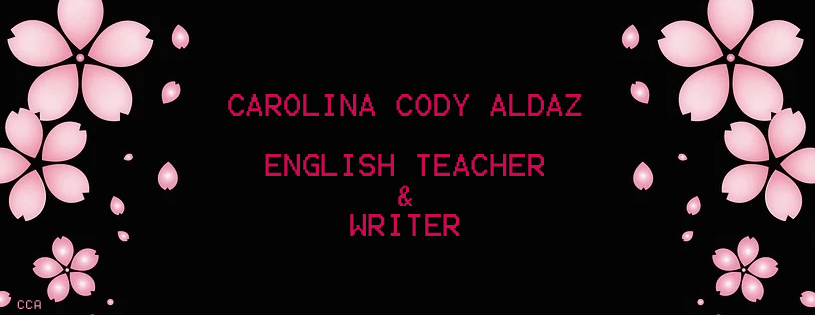Nichiren Daishonin, as a 12-year-old boy, made a vow to become the
wisest person in Japan. In a later writing, he said that, at that time,
he was presented with a great jewel of unsurpassed wisdom “as brilliant as the morning star.”
[...]
[...]
There are two meanings to the Daimoku. There is the Daimoku of the Former (Shobo) and the Middle Days (Zobo) of the Law, and the Daimoku of the Latter Day of the Law (Mappo). During the age of the Former Day of the Law, Bodhisattvas Nagarjuna and Vasubandhu secretly chanted Daimoku, yet they stopped short of revealing it. Nan-yueh and T’ien-t’ai of the Middle Day of the Law, both chanted Nam-Myoho-Renge-Kyo, but also did not widely spread the five characters to others. They kept it secret among themselves. This, then is called the theoretical practice of Daimoku. Now in the Latter Day of the Law, the Daimoku invoked by Nichiren has never before been revealed; it is the Daimoku of Nam-Myoho-Renge-Kyo which encompasses the two practices of jigyo and keta, for oneself and for others.
(Gosho, pp. 1594-1595, Summary)
References:
https://nstny.org/brief-
https://www.nst.org/articles/
https://www.nichirenshoshu.or.jp/jpn/index.html








